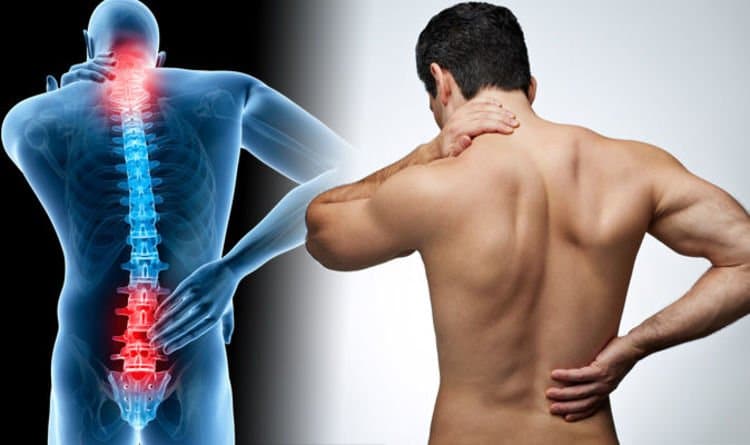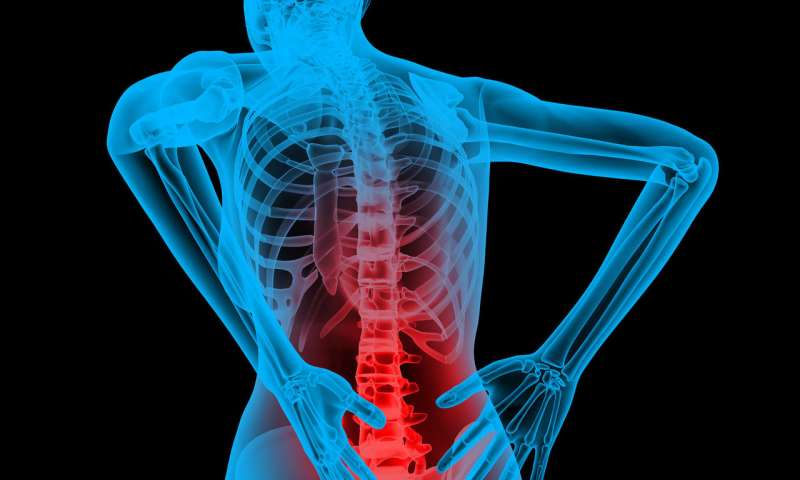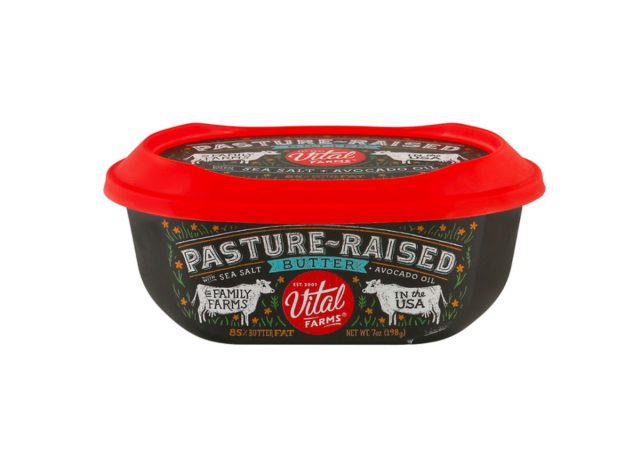(WASHINGTON, June 5, 2019) — How gradual–or speedy–older folks with blood cancers are able to strolling 4 meters (roughly 13 toes) holds essential information roughly their common health and strongly predicts survival and unplanned medical establishment visits regardless of age, most cancers or treatment variety, or different parts, consistent with a brand new examine posted these days in Blood. The affiliation turns into strongest in folks with non-Hodgkin lymphoma. In reality, information show that for each 0.1 meters in step with the second lower in strolling tempo, the hazard of loss of life, going to the sanatorium, or ending up contained in the emergency room expanded via 22 share, 33 %, and 34 %, respectively.

The slower an individual walks, the upper their probability of issues,” mentioned Jane A. Driver, MD, MPH, companion director of the Geriatric Analysis Training and Medical Middle at VA Boston Healthcare System, and co-director of the Dana Farber Older Grownup Hematologic Malignancy Program and the examine’s senior creator.
Monitoring gait velocity not greatest permits recognizing people who’re frail and might fare worse. It additionally identifies people who’re in an terrible lot higher type than anticipated primarily based completely on age alone. Researchers say these penalties information efforts to mix gait velocity as a recurring a part of medical assessments for older victims with blood most cancers, and it should be measured over time to handbook treatment plans.
There’s an unmet want for brief screening assessments for frailty that might effortlessly form hospital workflow and anticipate crucial medical results. This check could also be accomplished in lower than a minute and takes not than measuring blood stress or totally different important indicators,” mentioned Driver. “Based mostly on our findings, it’s far as acceptable as totally different often used methods which take significantly larger time and property and received’t be wise for many oncology clinics. This potential examines enrolled an entire of 448 adults with hematologic cancers some time seventy-five years and older who had a preliminary session for many cancers therapy at hematology clinics affiliated with Dana-Farber Most cancers Institute in Boston amongst February 1, 2015, and October 31, 2017.
Individuals had been seventy-nine .7 years vintage on widespread and accomplished quite a few screenings for cognition, frailty, gait, and grip power. Gait velocity became obtained the utilization of the Nationwide Institutes of Well being 4-meter gait velocity check. Sufferers have been requested to stroll at an on a regular basis tempo for 4 meters, and their velocity was recorded in meters in keeping with a second utilizing a stopwatch.
The affiliation between slower strolling tempo and poorer penalties persevered even after adjusting for many cancers variety, whether or not or not the ailment grew to become aggressive or indolent, age, and different demographic parts, along with conventional measures of frailty and practical fame. Gait velocity remained an unbiased predictor of dying even after accounting for well-known doctor-reported efficiency reputation. As well as, amongst victims with wonderful or first-rate medical doctor-suggested efficiency fame, sufferers have been stratified into 3 businesses by gait velocity – these at hazard or frail, pre-frail, or robust. A subset of 314 sufferers has been noticed for a median of 13.8 months. Of these, practically 20 % had an unplanned well being facility stay unrelated to non-obligatory or scheduled cures, and 16. Eight share visited the emergency division.
“The widespread of care is to stratify remedies based on sufferers’ total efficiency fame, and while this works nicely in younger human beings, these outcomes show that in older folks we wish to do further. Our have a look at means that total efficiency fame alone might not be correctly sufficient. Gait tempo appears to be rather a lot higher at differentiating victims who’re on the extreme probability,” defined Driver.
Whereas taking walks might seem simple, it’s fairly advanced, as a number of bodily buildings, inclusive of the musculoskeletal, cardiovascular, and anxious methods, ought to operate correctly collectively. Gait tempo has been broadly used as an analysis in rehabilitative and geriatric cures. The motive force mentioned these outcomes counsel gait velocity ought additionally to be included into predictive fashions to evaluate how older most cancers sufferers will fare. Measuring gait tempo doesn’t require a particular system, is pretty environment friendly, and has a payment even for sufferers who use a cane or a walker she introduced.
The authors additionally assessed grip power in all victims. Though it strongly predicted survival, it didn’t anticipate hospitalization or emergency room use and gait velocity. Earlier research have situated that frailty shouldn’t be uncommon amongst sufferers with blood cancers and has been related to chemotherapy-related toxicity, poorer treatment responses, and even demise. Whereas these noticed penalties are constrained to a single establishment, Driver said they exhibit actual-international feasibility of the utilization of gait velocity to gauge frailty and typical prognosis amongst victims with blood most cancers.














